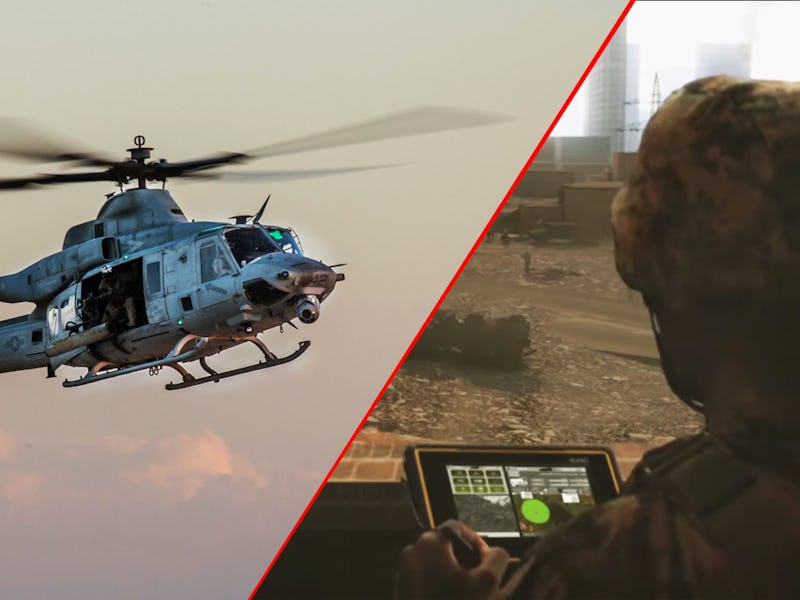U.S. Navy's TALOS System Can Make Supply Missions Autonomous

The United States Navy is perfecting autonomous flight for its helicopters with TALOS, the Tactical Autonomous Aerial Logistics System. TALOS is a little add-on kit, a camera, sensor, and radar array, and its creator, Aurora Flight Sciences, thinks it’ll work on any helicopter. Once it’s hooked up, controlling the helicopter is as easy as controlling an app — it’s basically the military version of Tesla’s summon command. Push a button and an autonomous helicopter will be on its way to you.
“TALOS is not an aircraft, nor is it a robot flying an aircraft — TALOS is transferable intelligence designed with both manned and unmanned aircraft requirements in mind,” said John Wissler, Vice President of Aurora’s Research and Development Center, in a press release.
These helicopters will not be autonomous weapons systems — at least for now. Instead they’ll perform resupply missions. Aurora’s demonstration video shows a Marine “with no prior training” calling in an “assault support request” to an aircraft carrier. The mission controller gets the request, then unleashes the autonomous UH-1Y (nicknamed Huey). Equipped with TALOS’s camera and LIDAR system, the unmanned Huey can navigate through poor conditions, respond to and avoid obstacles it may encounter en route, and safely land at the Marines’ location. The troops then snag the munitions, then send the autonomous Huey back to its base.
Aurora has already demonstrated TALOS’s functionality on a Boeing Little Bird H-6U and Bell 206 aircraft. “Now in the final phase of the program, the TALOS system is being transitioned onto an autonomous UH-1H platform, with culminating demonstrations occurring in 2017-2018,” the video states. (Comma.ai founder George Hotz had been developing a similar autonomy kit for normal, civilian cars, but in late October abrubtly called the project off.)
The Army, too, is getting futuristic. Its ZH2 truck is powered by a hydrogen fuel cell, making it powerful and near-silent. It’s also developing autonomous vehicles and tanks, despite the fact that the White House says autonomous systems will primarily be deployed in medic, not soldier roles.